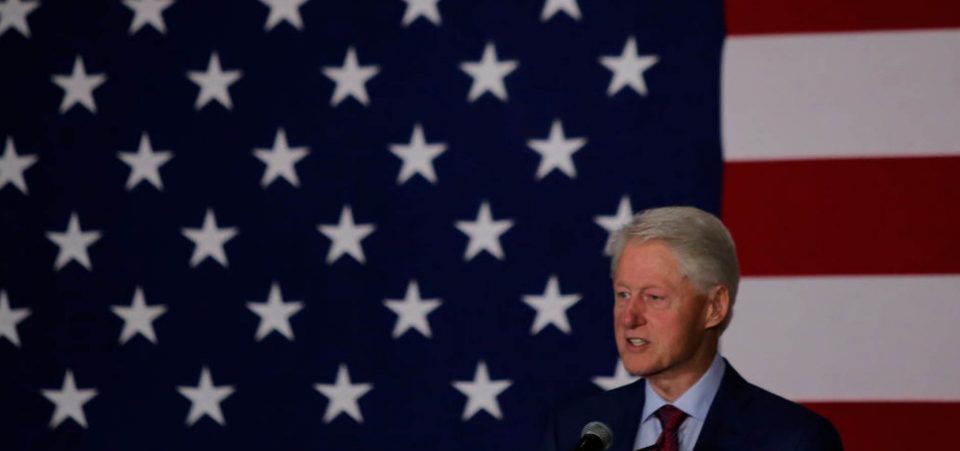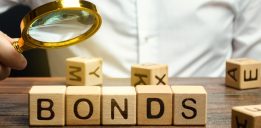Bill Clinton Disbarred Over Lewinsky Scandal
Historians might regard the final chapter of the most troubling aspect of Bill Clinton’s presidency to have occurred after he left office. On October 1, 2001, the United States Supreme Court announced Bill Clinton was disbarred over the Lewinsky scandal. As of that date, Clinton, even as a former president, would no longer be permitted to practice law before the High Court. That event finally closed the Monica Lewinsky scandal. (Source: “Lewinsky scandal ends as Clinton is disbarred,” The Guardian, October 2, 2001.)
Clinton Disbarment
The U.S. Supreme Court disbarred former U.S. President Bill Clinton, who had trained and practiced as a lawyer. It’s normal for the Court to avoid offering any explanations for its disbarring decision, but such episodes usually occur in response to previous disbarments made by lower courts. In this case, the overall cause for the Clinton disbarment was the Lewinsky affair.
But it would be better to discuss the Lewinsky affair as part of the overarching issue, which might best be described as the Bill Clinton affair. Indeed, it was the President himself that brought on his legal woes. He seemed to admit it when he decided to resign from the Supreme Court Bar on November 9, 2001. This suited him better than to challenge his disbarment. Had he lost, he would have had to pay a substantial fine.
But, the technical trigger, as it were, for the Supreme Court disbarment occurred in April 2000. The Arkansas bar—the same as the State where Bill Clinton served as governor before first being elected President in 1992—suspended him for five years. It was surreal to think that Clinton could no longer practice law. He remained Commander in Chief, having the power to pardon and launch military strikes against any foreign power that would threaten the United States, but he couldn’t practice law. There’s no arguing with the saying “the devil is in the details.”
President Clinton had to confront these penalties in conjunction with a specific aspect of the greater implications, which emerged in addition to the Lewinsky affair. Bill Clinton was found guilty of giving false testimony in the sexual harassment case involving Paula Jones.
Indeed, Paula Jones was the original trigger for what would become the Lewinsky chapter, or the Lewinsky affair, of the overarching President Clinton scandal with Monica Lewinsky—or “that woman, Miss Lewinsky”, as President Clinton famously described her during a televised “confession” on January 26, 1998. (Source: “Today In 1998, Bill Clinton “Did Not Have Sexual Relations with That Woman”,” CrimeFeed, December 04, 2017.)
Monica Lewinsky And Bill Clinton Scandal
Observers might be forgiven for thinking that it was the Lewinsky affair that triggered Clinton’s disbarment and ultimately his impeachment. But the technicalities of the case point back to the less-remembered but more legally relevant Paula Jones. The Monica Lewinsky episode of the President Clinton scandal came to light in the context of Paula Jones. Indeed, the obstruction of justice and perjury charges slapped against Bill Clinton concerned depositions that the then President of the United States proffered during his testimony in the Paula Jones sexual harassment trial.
The testimony, however, was all about the nature of his relationship with White House intern Monica Lewinsky. The issue at hand was that he denied having had sexual relations with “that woman.” The facts that emerged during the trial revealed that Monica Lewinsky became an unpaid intern at the White House in July of 1995. In November, Monica Lewinsky got a formal paid job in the White House Office of Legislative Affairs. It took just two days for Ms. Lewinsky and POTUS to begin their sexual relationship. It lasted some 18 months, on and off. (Source: “Clinton impeachment timeline,” The Guardian, November 18, 1998.)
Bill Clinton Impeachment
The first formal mention of the term impeachment in the context of the Lewinsky Affair occurred on September 9, 1998. That’s when Kenneth Starr, Independent Counsel, delivered his report—greatly informed by Ms. Lewinsky’s testimony, who was granted transactional immunity in exchange—about the entire Bill Clinton scandal to Congress.
Starr said the report presented at least 11 separate grounds for impeaching President Clinton. After Congress made public all relevant documents and taped conversations in the case/scandal, on October 8, 1998, the House voted to begin the Bill Clinton impeachment proceedings. On November 19, Kenneth Starr presented his case for impeachment of Bill Clinton in Congress in a 132-minute-long speech.
After a series of articles of impeachment were presented—interrupted by a missile attack against Iraq—the House of Representatives formally impeached Bill Clinton. The Senate concluded its impeachment hearings and ultimately acquitted him. The Senate would have had to secure a two-thirds majority to impeach the president.






